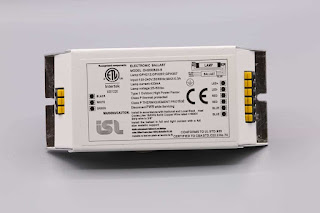What Are The Various Different Stepper Motor Configurations Available Today?
Manufacturers of stepper motors are fully aware of the need for greater versatility in the face of increasingly demanding applications. As a result, they have developed a variety of specialist stepper motors which each have a specific advantage.
Step size, torque, speed, and maneuverability are all important elements to take into account when determining if a given stepper motor is suitable for a particular application. Here are the key details of some of the most popular stepper motor variants on the market today:
Related Links:
- https://axyza.com/reliable-uv-light-ballasts-are-available-at-isl-products-international/
- https://getsbmsites.com/page/business-services/explore-electronic-ballasts-at-isl-products-international-
- https://gab.com/islproductsny/posts/111763982466757667
- https://thewion.com/post/256967_explore-electronic-ballasts-at-isl-products-international-discover-high-quality.html
- https://kisza.com/dc-servo-motors-are-available-at-isl-products-international/
- http://www.4mark.net/story/11235483/dc-servo-motors-are-available-at-isl-products-international.
- https://www.buzzbii.com/post/931944_dc-servo-motors-are-available-at-isl-products-international-explore-top-tier-dc.html
- https://www.bookmarkrush.com/story/reliable-power-solutions-brushed-dc-motors-by-isl-products-international/
- https://healthsbmsites.com/page/business-services/reliable-power-solutions-brushed-dc-motors-by-isl-products-international
- https://expressafrica.et/post/242809_reliable-power-solutions-brushed-dc-motors-by-isl-products-international-find-de.html
A permanent magnet rotor stepper motor is well-suited to applications which require very high torque values.
Hybrid motor
A hybrid motor system combines a variable reluctance motor with a permanent magnet motor into one single unit. The rotor features two housings together with alternately spaced teeth. The resolution, speed, and torque are increased by combining the benefits of both forms of motor. The hybrid rotor consequently has a more complex design and a higher unit cost.
The Variable Reluctance design
A variable reluctance rotor has a reduced reluctance due to an iron rotor, instead of permanent magnets. This stepper motor design is better suited to applications requiring medium to high speeds.
Precision stepper motors offer precise positioning and high torque output capabilities, whilst also being a cost-effective solution for all motion controlled devices.
ISL Products are a highly respected stepper motor manufacturer in the US offering a fully tailored service. This means that if there isn’t currently an optimal motor solution for your application, they can help develop one for you. For high performance stepper motor solutions at a very competitive price, you should contact the expert team at ISL Products today.


.jpg)


Comments
Post a Comment